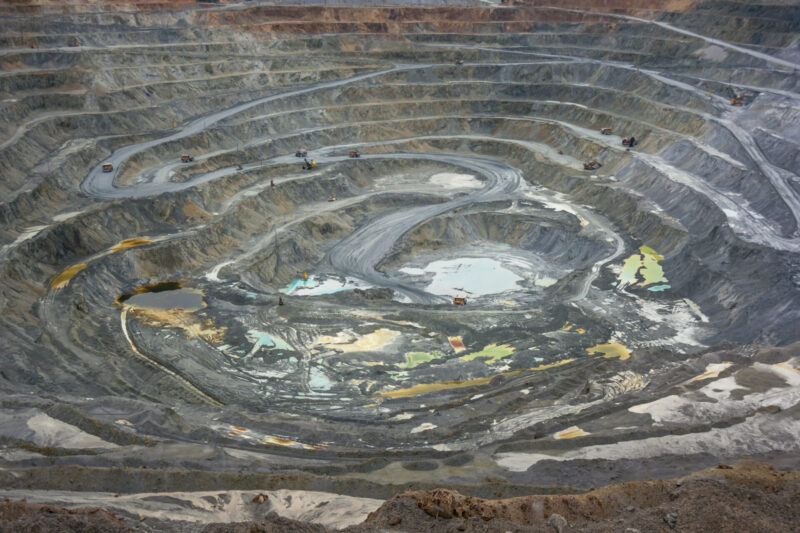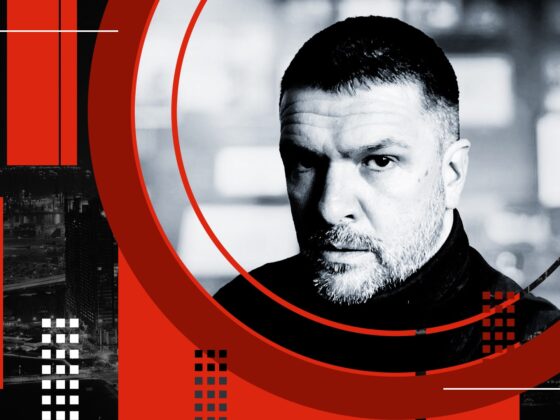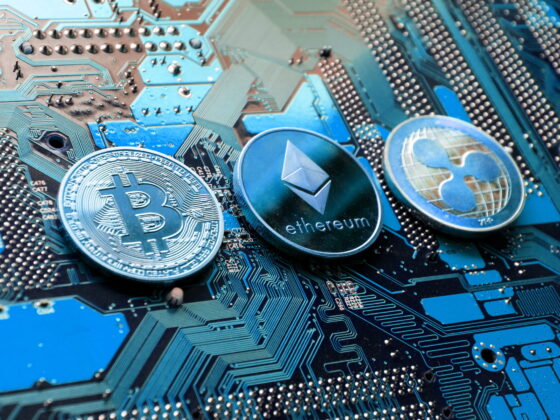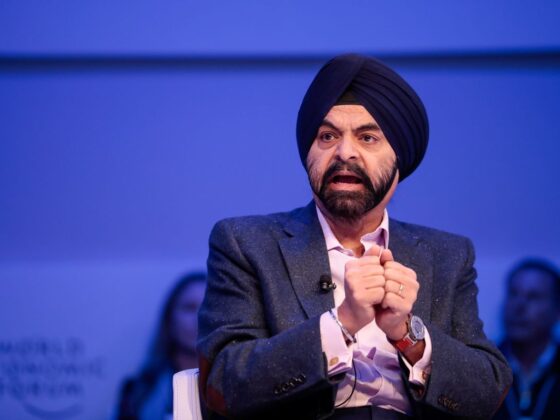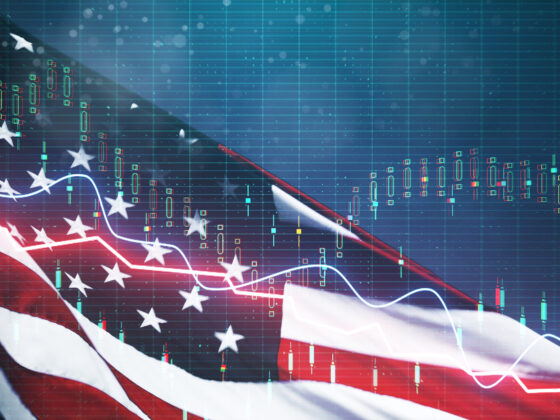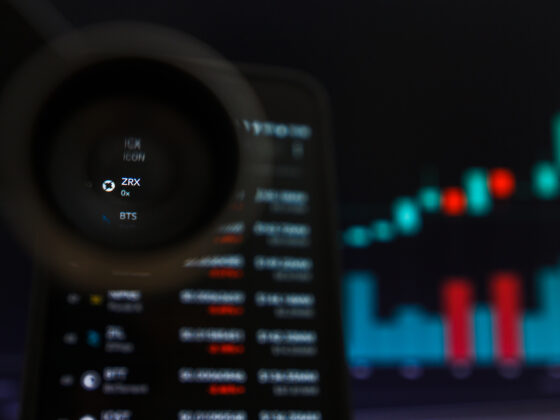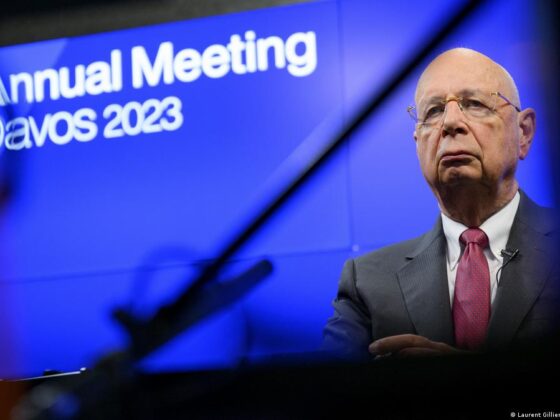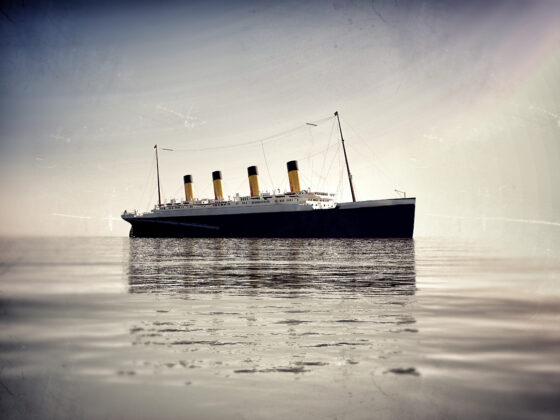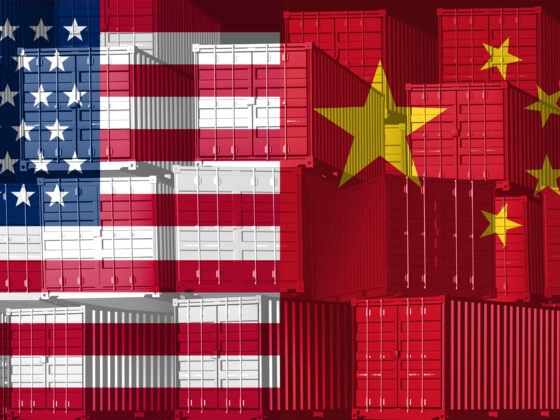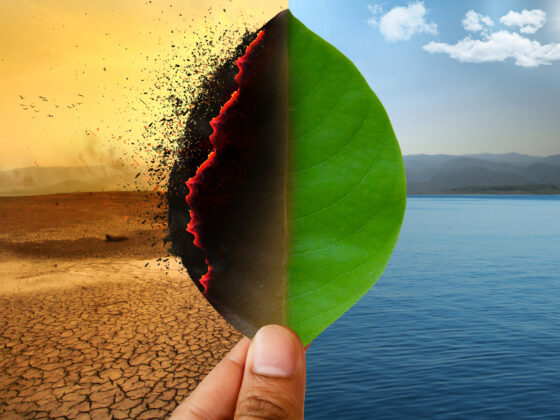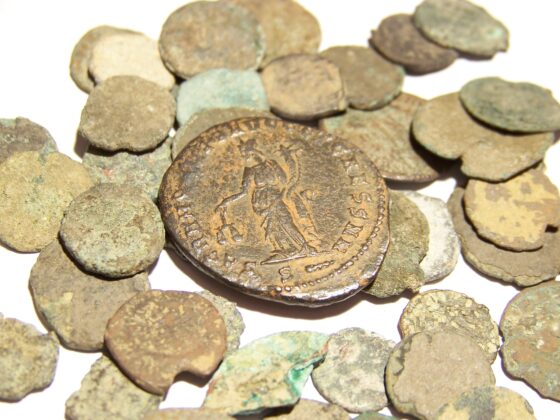The insane push for “ESG,” or environmental, social and governance, that has come to characterize western policymaking has only succeeded in hiding an ever-growing multitude of sins beneath a facade of virtue.
Far from the upper echelons of society where the rich and powerful espouse their commitment to “saving the planet,” lies a dark underworld of exploitation and death.
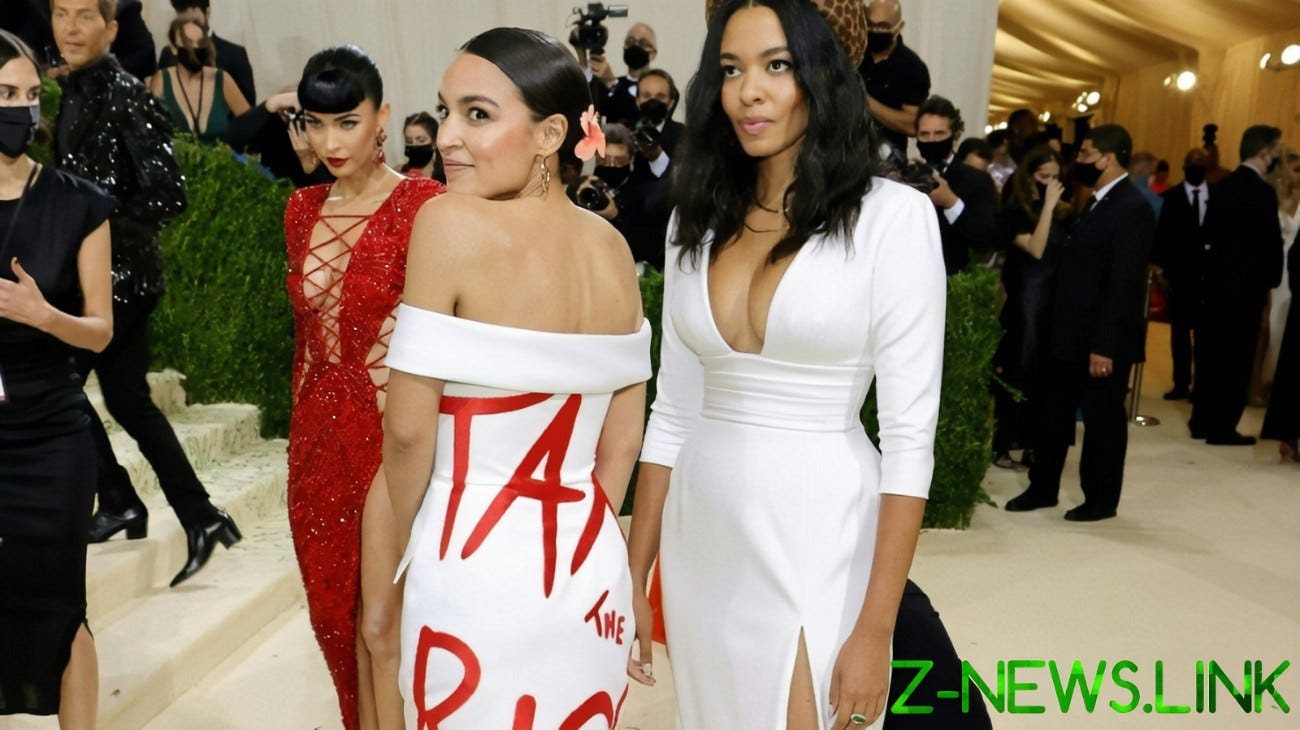
The insane push for “ESG,” or environmental, social and governance, that has come to characterize western policymaking has only succeeded in hiding an ever-growing multitude of sins beneath a facade of virtue. When bits of those dirty sins seep out, politicians and the CEOs of their favored green companies raise their hands in horror, vow to fix it, and then, when the ruckus dies down, go back to business as usual.
This disassociation between the horrific truth of clean energy and the utopia our leaders claim they are ushering in, reminded me of the film The Killing Fields and the word Angkar.
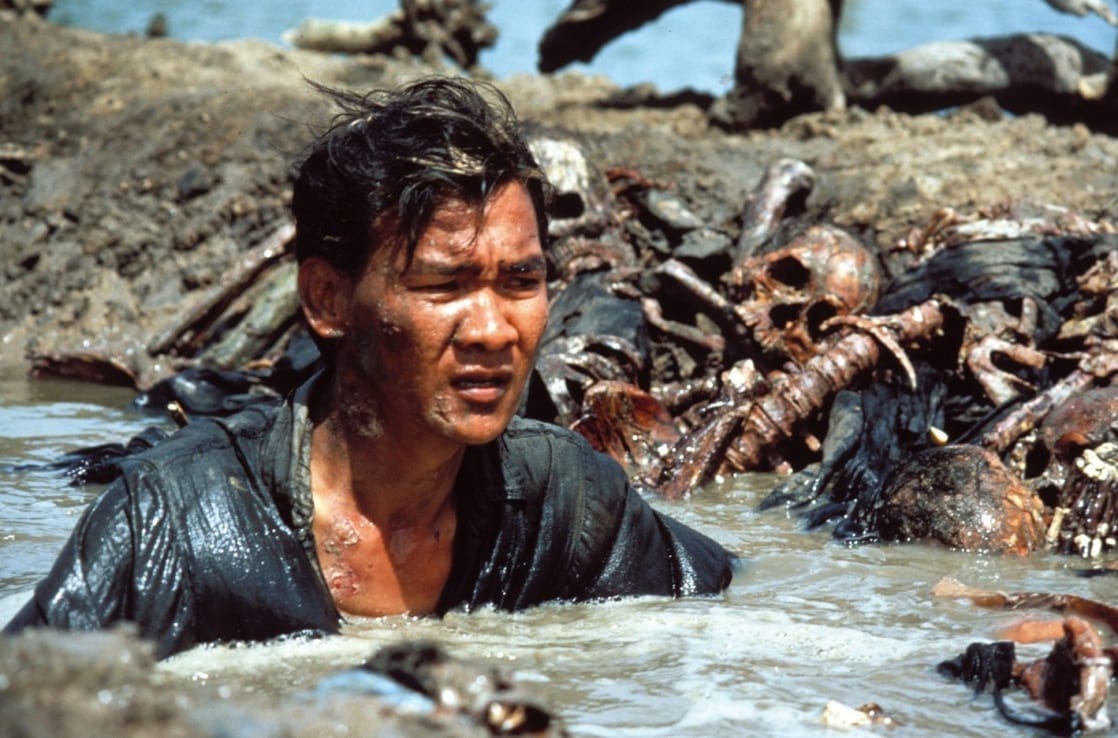
During the Khmer Rouge reign of terror, Angkar was a term for the government, roughly translated as “the organization.” Being perceived as an intelligent free thinker instead of blindly following the Angkar ideology was dangerous. Even wearing glasses identified a person as too smart and could lead to imprisonment, torture and death.
Just a few days ago, Biden announced the creation of The Disinformation Governance Board, an advisory board of the United States Department of Homeland Security (DHS). Its function is to protect national security by disseminating guidance to DHS agencies on combating foreign misinformation and disinformation.
People laugh at it, which is no doubt the intended reaction; the goal being to make it seem so outrageous that we won’t take it seriously—until it is too late.
On the one hand, it’s being compared to Orwell’s Ministry of Truth. On the other hand, Nina Jankowicz, the new “Disinformation Czar,” has burst upon the scene as a Mary Poppins/Disneyesque character, singing wackily about exposing those who spread lies against the government.
We can laugh. But uneasily. There’s nothing funny about what is actually happening.
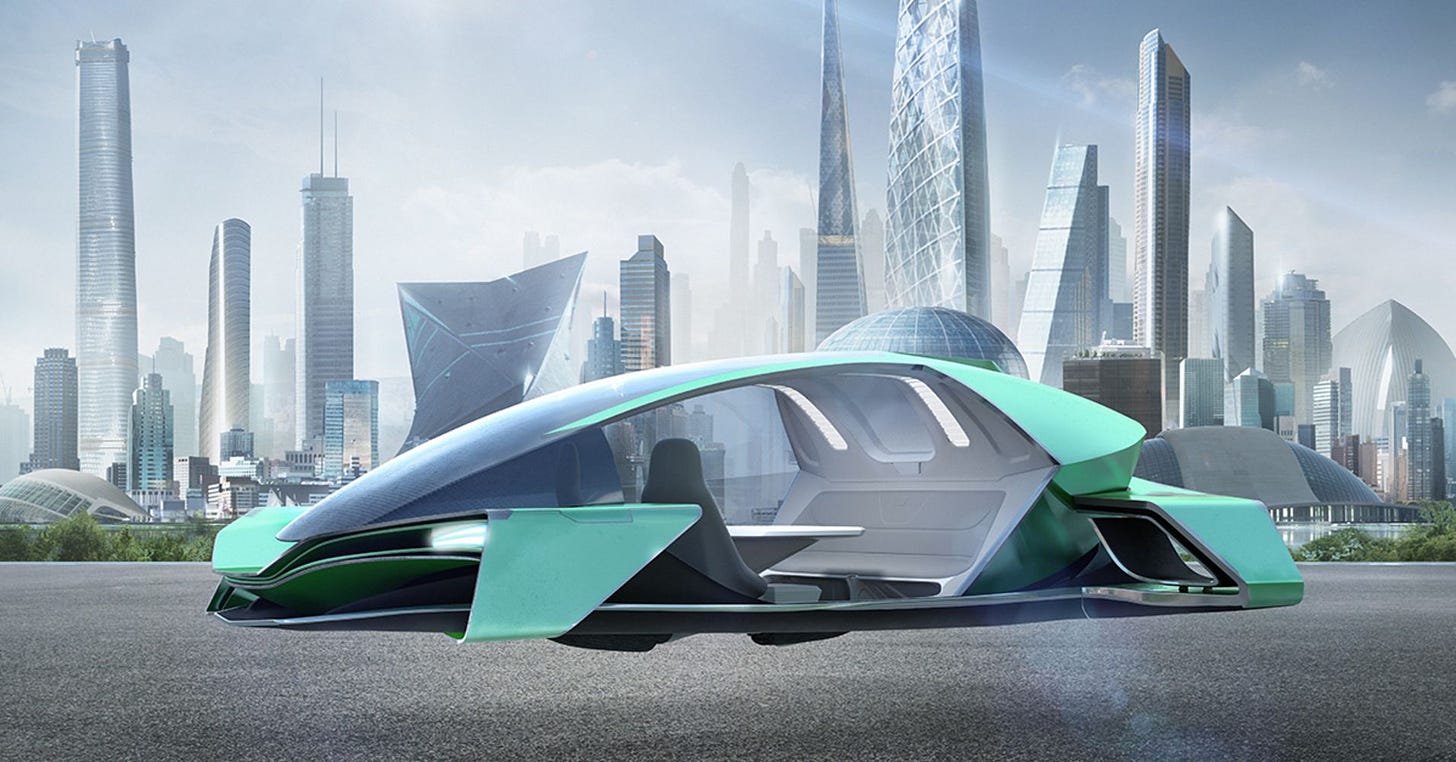

On May 2nd, Elon Musk declared that “Overwhelmingly, the world will choose batteries.”
Of course, he would say this. He has invested billions of dollars into batteries, and he cannot say otherwise. But at what cost to humanity and the planet?
In order for the rich and powerful to continue reaping the benefit of their policies without actually having to change anything, the real disinformation about clean energy must keep flowing in a constant stream of confusing contradiction.
With energy prices skyrocketing and a commodities crisis threatening to dismantle the globalized system, panic is setting in. How is an ordinary person supposed to “do their part for the planet” when they can’t pay their rent? Who can afford to ditch their old-fashioned car for a Tesla base model that costs an eye-popping $45,000?
The worst part is that it’s all based on lies. EVs are anything but good for the environment. Okay, they look good on the outside and I’ve been told that if you go to a city like Shanghai where almost all the vehicles are EVs, the silence is astounding. But it’s what’s inside that is causing all the problems.
WHAT ABOUT NICKEL?
Tesla CEO Elon Musk has said that EV batteries should be called “nickel-graphite” instead of lithium-ion. That’s because, generally, a battery is made up of only 2% lithium in cell mass, while nickel-graphite, the anode material, makes up 33%. Nickel is what gives most electric vehicles their high-performance (fast response) and energy density (long range).
Elon Musk is the king of the EV empire, and he is desperate for more nickel. “Any mining companies out there … wherever you are in the world, please mine more nickel,” he pleads. And adds that he will reward any companies that do it “responsibly.”
By what miracle will mining companies suddenly be more responsible, just because Musk says they must? The companies know it’s just talk. Being more responsible means being more expensive and that would not be profitable.
Nickel has been mined for years as a component of steel and nothing ever changed for the better. From Siberia to Colombia, nickel mines and smelters belch Sulphur dioxide into the skies, turning rivers blood-red with toxins, and blanketing the earth with cancerous dust. 72% of nickel is used in stainless steel, and about 7% in batteries. Now that class one high-grade nickel is needed for EV batteries, the irony is that the process to extract it will make our planet dirtier than ever.
Let’s look at a few locations where nickel is mined.
THE RUSSIAN MINING GIANT, NORILSK NICKEL
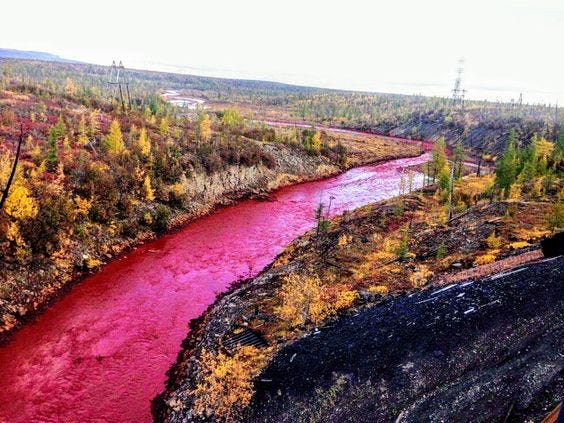
Norilsk Nickel is named after the Siberian city where it is located. Founded in 1935 as a slave labor camp in the Soviet Gulag, it boasts the world’s largest heavy metal smelting complex, with more than 4 million tons of cadmium, copper, lead, nickel, arsenic, selenium and zinc released into the air every year.

In a 2021 CBS article, Marianne Lavell describes this hell on earth:
By the early 1980s, all larch trees within 40 miles east of Norilsk were dead.
Satellite readings show that no other human enterprise — no power plant, no oil field, no other smelter complex — generates as much sulfur dioxide pollution as Norilsk Nickel. In fact, the only entities on Earth that rival its sulfur emissions are erupting volcanoes, according to a monitoring project led by scientists at NASA and Environment Canada. At 1.9 million tons of sulfur dioxide emissions annually, Norilsk produces as much sulfur pollution as the entire U.S. — all concentrated in a city the size of Eugene, Oregon.
“You cannot breathe there,” Valeriya “Lera” Bolgova, a leader of the Nganasan people, one of five Indigenous tribes of the Taimyr peninsula, said in an interview. The region’s first people have been unique witnesses to Norilsk Nickel’s indelible imprint on the environment, because fish and reindeer meat are still central to their diets.
THE ISLANDS OF SULAWESI AND WAWONII, INDONESIA
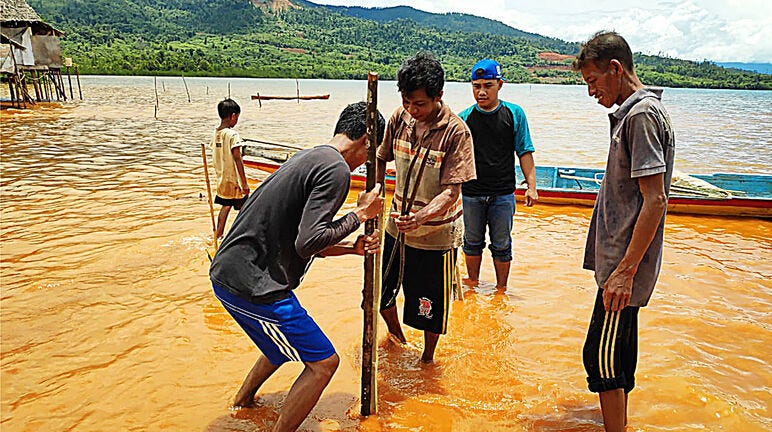
The rainforests of the islands of Sulawesi and Wawonii are already being mined for nickel by Chinese companies, as well as Vale, a Brazilian mining company, with no care for the environment or the people who live there.
From the Financial Times:
Analysts predict that Indonesia will account for almost all of the growth in nickel supplies over the next decade, overwhelming output from new mines in Canada and Australia. But a number of Chinese-backed projects in the country plan to dump mine waste containing metals such as iron into the sea, in an area renowned for its unique coral reefs and turtles.
“It could undermine the entire proposition of trying to sell a consumer a product that is environmentally friendly, if you have this back story,” said Steven Brown, a Jakarta-based consultant and former employee at nickel miner Vale.
That presents a problem for carmakers such as Tesla and Volkswagen, which have pledged to soften the environmental impact of their batteries. “At some point it will happen where they can’t avoid Indonesian nickel,” said Mr. Brown.
Brown went on to suggest that Indonesian nickel projects alone would create around 50 million metric tons of waste per year. A few (mainly Western-owned) companies refuse to dump into open waters and instead store waste in dammed-off areas or underground. Even so, think about the massive amounts of toxic waste that will pile up. It doesn’t magically disappear just because you bury it.
THE CERRO MATOSO MINE, COLOMBIA

The ferronickel complex, Cerro Matoso, is located in northwest Colombia and is one of the largest open-pit ferronickel mines in the world.
Owned for over 30 years by BHP Billiton, an Anglo-Australian corporation and the largest mining firm in the world, it has been transferred to a spin-off company, South32.
Investigative journalist Daniel Macmillen Voskoboynik wrote about the mine:
The impacts of contaminated air and waterways on local communities is evident through genetic deformations, illnesses and an epidemic of miscarriages.
Children have been born without reproductive organs or anuses. Cows and chickens have birthed offspring with two heads and excess limbs. DANE, the Colombian government bureau of statistics, reported an alarming rise in rates of cancer and respiratory illness in the region. Dermatological defects, such as blemishes, rashes or burst skin are common. Water studies have detected extremely high levels of iron in the principal local river.
Dayro Romero is the governor of the indigenous community of Pueblo Flecha, a village located a few hundred meters away from Cerro Matoso. ‘At first we didn’t see any changes,’ he says. ‘But 20 years on we began to see the impacts. We feel environmentally massacred.’
THE EAGLE MINE, THE UNITED STATES
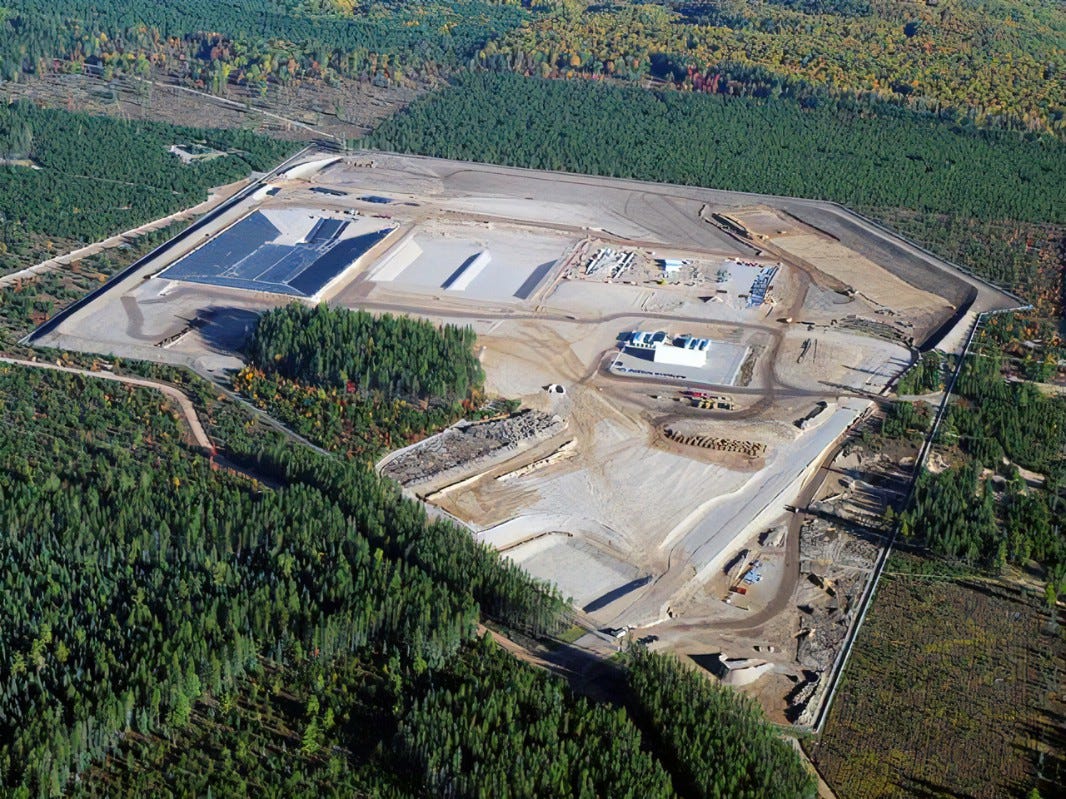
There is only one high-grade nickel mine in the United States, the Eagle mine on the Upper Peninsula of Michigan. And it is expected to run out of nickel by 2025. There is talk of other mines starting up but how will they prove economical without destroying the environment? Better to talk about building clean mines at home while continuing to exploit outside sources.
“The United States is almost always dependent on imported nickel,” said Adrian Gardner, a nickel market analyst at consulting firm Wood Mackenzie.
RECYCLING
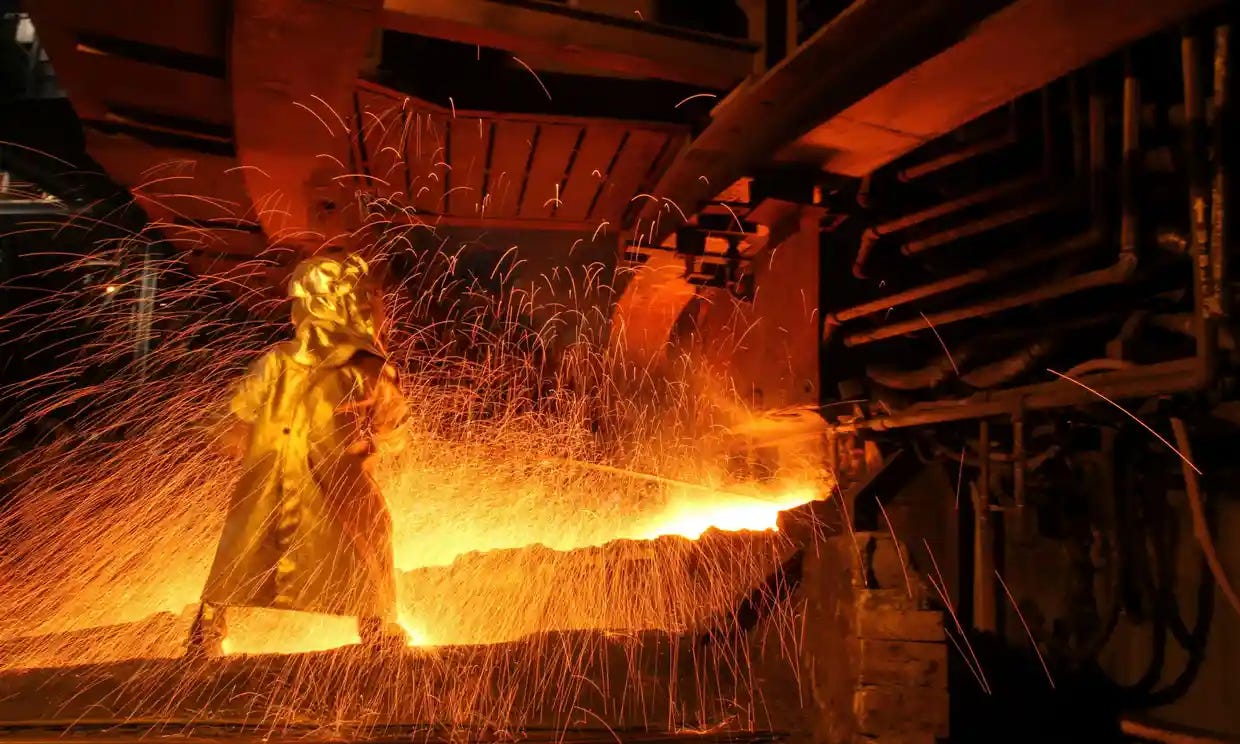
It’s interesting to note that 95% of lithium-ion batteries end up in landfills while 95% of lead-acid batteries for gas-powered cars are recycled. This is because deposits can be claimed for returning acid-lead batteries, and they are relatively simple to dismantle.
In Australia rates of recycling lithium-ion batteries are around 2% to 3%. In Europe and the United States, it’s below 5%.
Recycling EV batteries is not easy, nor is it environmentally friendly. It means applying the same high temperature melting and extraction methods that are used in the mining industry. Facilities have to operate near 1,500 degrees Centigrade to recover cobalt, nickel and copper.
Demand for “clean energy” minerals is projected to increase by up to 600% in the coming decade. Which means that by 2030, there will be around 11 million metric tons of batteries that need to be recycled and disposed of safely. So far, it looks like most of those batteries will end up in landfills.
Lithium-ion batteries have been around since 1996, surely enough time to have solved the pollution problem. Yet, despite 26 years of bad choices, nothing ever changes. The answer always seems to be more money thrown at companies with ties to politicians who stand to grow richer off of the deals.
It’s the government that is feeding us disinformation, not the other way around. Yet we now have our very own Angkar, the Disinformation Governance Board, threatening to silence anyone who dares speak the truth.
No, we aren’t all going to die due to climate change within ten years. Nuclear war, famine, another Big Pharma engineered plague, are all more likely to kill us off. And yes, of course, we can do better to conserve energy—and we should. But ultimately, it is the corruption, greed and hypocrisy of our officials and corporate elite that will be our demise, not their accusations that ordinary citizens aren’t sacrificing enough to save the planet.


